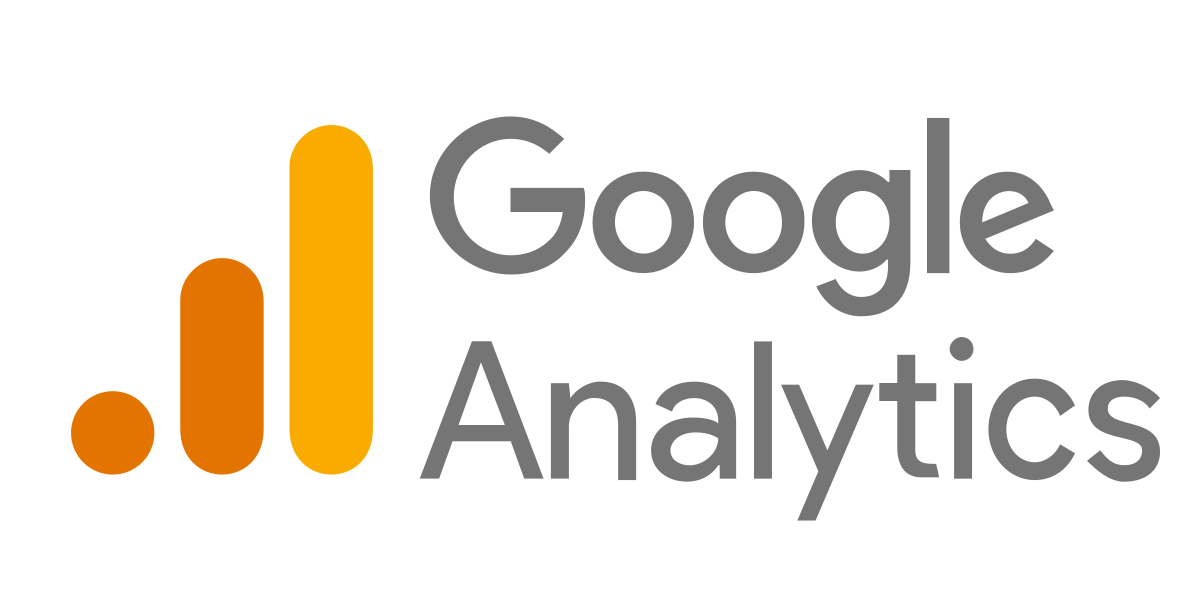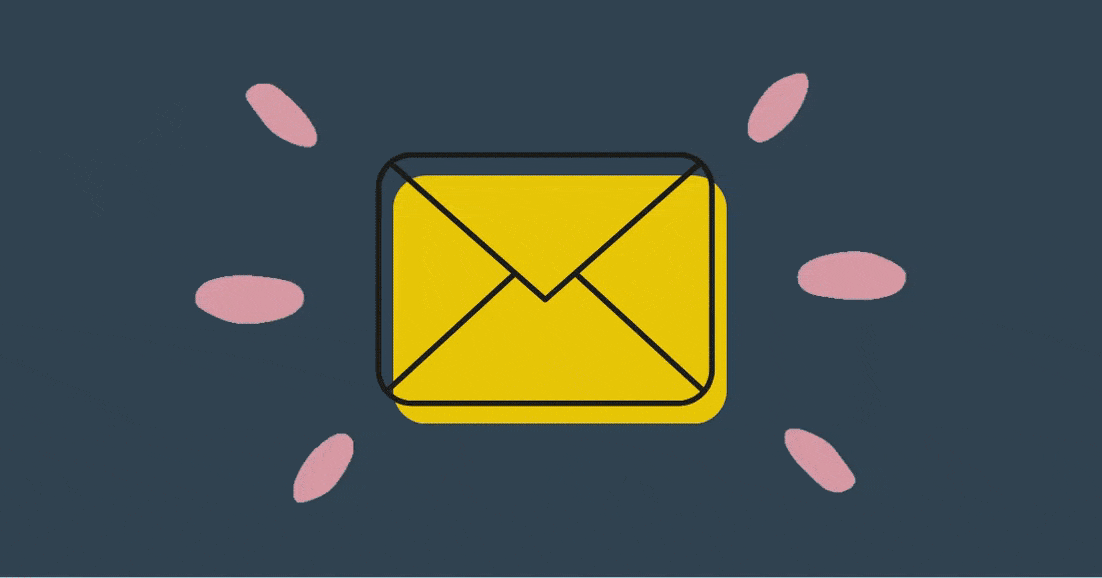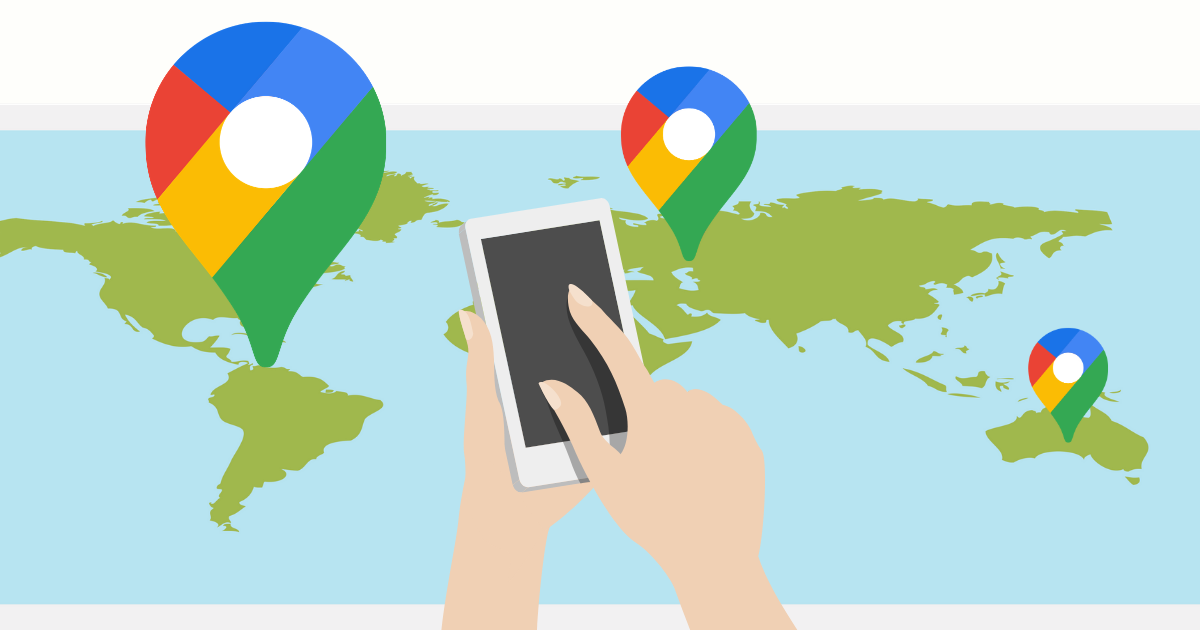Why Does a Business Need a Twitter Marketing Strategy?

The Twitter game is speedy, and with an endless scroll of tweets, they escape as quickly as they are generated. With over 326 million global users and over 7,000 new tweets per second, a single tweet has an average lifespan of 18 minutes. The endless scroll is not just perception, it’s reality. And in regards to using Twitter for business, that’s a limited time period to capture a lead or produce a conversion. Yet, it’s not impossible, actually far from it.
With how Twitter works, holding an abundant amount of information, Twitter acts as an informal search engine for users. Which provides businesses a platform to be social and appear in results. It is a space for mass consumption, as users explore, browse, and follow, making it a dynamic place for brand awareness and lead generation. Yet, this same emphasis on how users’ behavior can benefit a brand, equally exemplifies the need for a Twitter marketing strategy. A brand’s Twitter strategy must have some compelling weight in order to influence an action.
What is the Twitter algorithm?
In order to make your tweets reach your audience, you must first understand how a user’s Twitter news feed is determined. An impactful strategy is leveraged from understanding Twitter on a fundamental level- the Twitter algorithm.

To begin, there are 4 categories that act as a ranking signal. The categories are:
1. Recency, or when the tweet was posted
2. Engagement, or amount of favorites, shares, comments, or clicks
3. Rich Media, or the type of visuals included in the tweet, such as videos, graphics, polls, etc.
4. Other Signals, or the number of people the user follows or the last time they visited the platform
These signals are used to score and compare each tweet. Since a user’s Twitter news feed is based on a contingent relevancy score, then those 4 categories are used during the process of analyzing the tweets for ranking. To do so, the algorithm will consider multiple factors to rank and organize the tweets on the user’s timeline. Each tweet is analyzed based on these 3 factors:

1. The Tweet
The tweet itself is scored based on when it was posted, the type of visuals or media, and the amount of engagement it has received.
2. The Account
The account that posted the tweet is scored based on the user’s relationship with the account, such as past interactions with the account and how much or often interactions occurred.
3. The User
Since the algorithm personalizes each Twitter news feed, the user’s past actions and behaviors on the platform impact the ranking.
Next, the Twitter ranking is based on the Twitter feed algorithm and its interpretation of the tweet’s relevancy to the user. Based on this score/rank, the tweet is placed with 1 of the 3 sections of Twitter’s timeline. The 3 options are:

1. Ranked Tweets
The ranked tweets section appears at the top of the timeline with no distinction from the normal Twitter news feed except they are not in reverse chronological order, instead, these tweets are ranked higher because Twitter determined them to be the most relevant.
2. “In case you missed it”
The “In case you missed it” often appears when the user has not visited the platform for a longer duration of time. This section highlights key tweets that were tweeted a while ago yet are still deemed highly relevant and would have otherwise been lost in the old timeline.
3. All others
The remainder of the tweets will appear on the Twitter news feed in reverse chronological order.
The objective of the Twitter feed algorithm is to rank content that is relevant to the user at the top of the page, ultimately ensuring the most important content is seen by the user.
Optimizing Your Twitter Marketing Strategy
Using Twitter for business is about crafting a strategy that aligns with the Twitter algorithm while delivering quality and original content. Twitter has an abundance of information that users can easily sift through, therefore to reach your audience you need to be unique, strategic, and utilize the resources that Twitter offers. Below are 10 ways to optimize your business Twitter marketing strategy.
1. Perfect your profile

In order to maximize your Twitter marketing, you must first create a solid foundation- your Twitter profile. This page is a backlink to all your Twitter activity, and the place you want users to visit as it holds the most information on your business. To create a top business profile, focus on the following components.
Handle
The handle, or the username, should be easily associated with your business and recognized by your audience. Try keeping the handle short and concise with no extra punctuations or characters as it makes the username memorable and more likely to be mentioned (@) in a tweet considering the limited character count.
Profile picture
Since the profile picture is present in every action your business performs on Twitter, having a clear photo that represents your brand is key to ensure recognition.
Header
The header is the cover photo at the top of your profile. This space is an opportunity for creativity and brand awareness by using an image that has enhanced personality or focuses on a current event or campaign.
Bio
The bio is a critical component to a business profile because oftentimes someone will discover a brand via Twitter, without previously knowing the business. The bio needs to clearly indicate what your business does while incorporating brand personality. A strong bio might also include a CTA, relevant accomplishments, or a personalized hashtag, and all within the 160 character limit.
Website URL
Ensure that your profile includes the link to your website so those visiting your account can easily access it to learn more about your brand.
2. Complete the basics
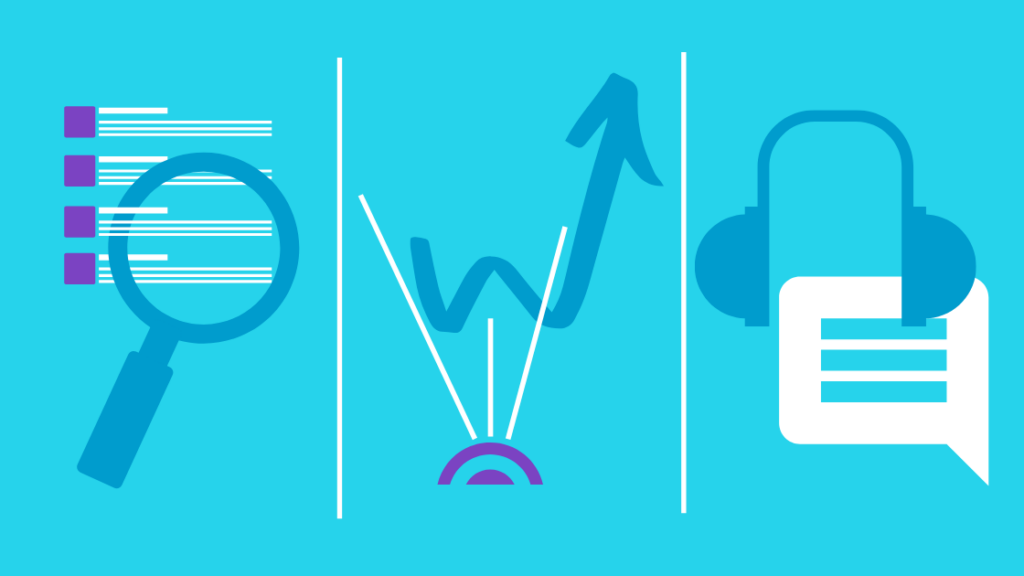
In addition to completing a comprehensive profile, there are some fundamental basics to build a social media marketing strategy.
Research your audience and competitors
Not only can users utilize the Twitter search engine, but they can also use Twitter as a resource for researching their audiences and competitors. In order to market to someone, you need to know information about them, such as their interests, demographics, etc. Performing research on what your audience finds compelling on Twitter allows your brand to produce content that will resonate.
In addition, learning the strategies of your competitors and what is working and what is not provides insight into how your audience responds to the different actions. It is not about copying their Twitter strategy, but learning from them.
Promote and drive traffic
Not all traffic to your social media account needs to come from the platform itself, by adding social links on other marketing or business-related materials, it will promote the platform and drive more traffic. This also can build your number of followers, and more followers helps increase reach, engagement, and leads.
Social listening
Social listening is taking the time to examine, without the distraction of focusing on your business. By taking the time to recognize patterns or trends on social media, you can understand how these findings affect your Twitter social media marketing. Examples of social listening include identifying buzzwords, discovering influencers, or pinpointing conversational topics.
3. Optimize the content
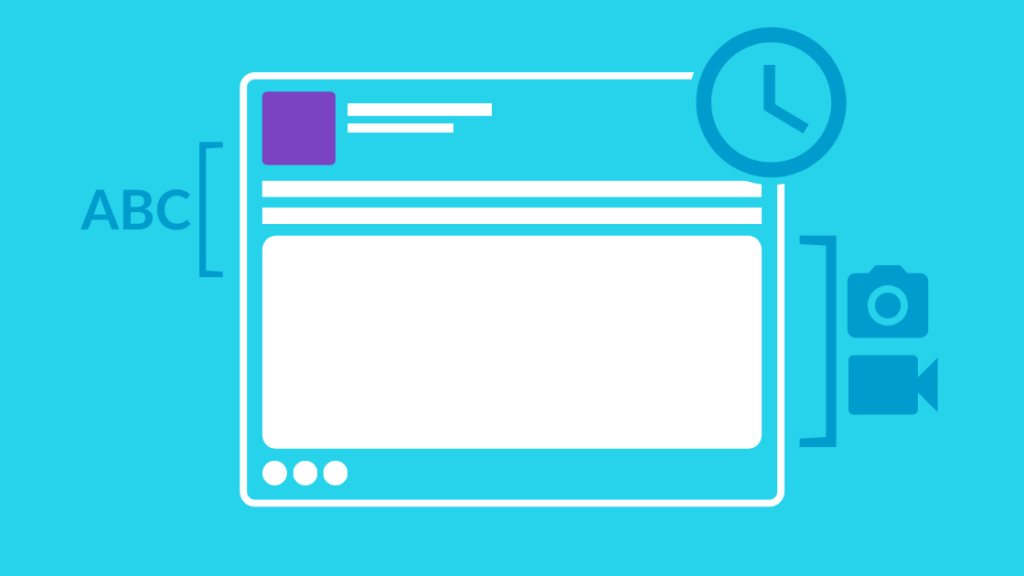
Optimizing your content is a critical component for using Twitter for business because it is what your followers interact with and what represents your company’s voice, leadership, and advancement. While there are many types of engaging content, especially in regards to a certain industry or audience, there are 3 primary ways to optimize your Twitter content.
1. The Text
Twitter’s famous limited character count ensures each tweet is short and concise with a max of 280 characters. With Twitter’s objective to have constant updates on what is happening right now, it cannot be hindered by paragraphs or even prolonged sentences. As a brand, it is important to use a variety of tweet lengths. Constantly using the max number of characters won’t coincide with the user’s demand for quick consumption, yet always having short tweets can hinder your ability to effectively describe the content, therefore limiting its quality. Switching up the tweet lengths will balance variety and quality.
In addition, another form of text variety is the use of a call to action (CTA). A CTA directly instructs the user to perform an action, such as downloading a guide or visiting the website. Not every tweet, or even a majority of tweets, should include a CTA because then the focus would be on sales, not engagement. Yet, by using CTAs in moderation and when appropriate, they are a powerful tool for encouraging users to take that next step.
2. The Media
Text alone is often not enough to promote engagement. You need something eye-catching, something that makes the user stop, look, and act. To do this, you need visuals or media. The brain will register an image or video first before it reads the text, therefore no matter how witty or well-articulated your tweet is, if the user doesn’t notice it, then it wouldn’t be read. In fact, a tweet with an image will receive 89% more favorites than a plain text tweet.
Yet, there are more visuals to use other than images including polls, surveys, articles, etc. Optimizing your media means switching up your output to add excitement and variety to the media. Above all, a noteworthy content type is videos, as videos can bring 10 times more engagement. Videos are an extremely beneficial asset for businesses with 84% of consumers saying they have been convinced to make a purchase after watching a brand’s video.
3. The Time
Compared to other social media platforms like Facebook or Instagram, the Twitter news feed is based on reverse chronological order, after the ranked tweets and “In case you missed it” section. And with the significant generation of new tweets and the fact that a tweet reaches 75% of its potential engagement in under 3 hours, optimizing for time unquestionably impacts the content’s performance.
While there are many studies proclaiming the best posting times and days, such as around 12 pm and 5-6 pm any day of the week, the best way to know what time is best for your company is to analyze your tweet’s performance in relation to the posting time and day. Twitter best practices for timing is a great place to start, although, after time experimenting and analyzing, you’ll be able to narrow your best times for optimization.
4. Engage and respond

Twitter is a social media platform, which literally means it is an online space for users to be social. As a business, you want to utilize this social aspect to drive interaction and conversations around your brand. By expecting interaction, you have to provide interaction. This means being active on Twitter and creating personal connections with your audience by following, liking, or sharing user-generated content. Other ways include sharing posts your brand is mentioned in, tagging or @mentioning accounts in your tweets, or posting conversation-generating content such as questions or polls. These are all ways to bring your brand to a personal level, one that demonstrates care and interest in your audience.
Yet, responding to users is not only a form of personality, but it is also a representation of customer service that users expect. With 42% of consumers expecting a social media response in under 60 minutes, the brand needs to be diligent at responding. The extra effort and resources dedicated to your Twitter marketing does not go unnoticed as users that receive a response from a business are 44% more likely to share their experience.
5. Select your hashtags

Hashtags are a helpful resource for narrowing the scope of tweets and increasing discoverability. A tweet’s engagement is doubled with the use of hashtags. Yet hashtags should be used in moderation with the optimal number at 1 or 2, since engagement decreases by 17% with more than 2 hashtags.
First, by using a unique hashtag for your brand, it enables users to search for your content. In addition, by using niche-specific hashtags, as curated during audience research and social listening, you can effectively target the individuals that will be interested in your content. Narrowing content through hashtags also includes specific events, campaigns, or trending topics.
6. Construct Twitter lists
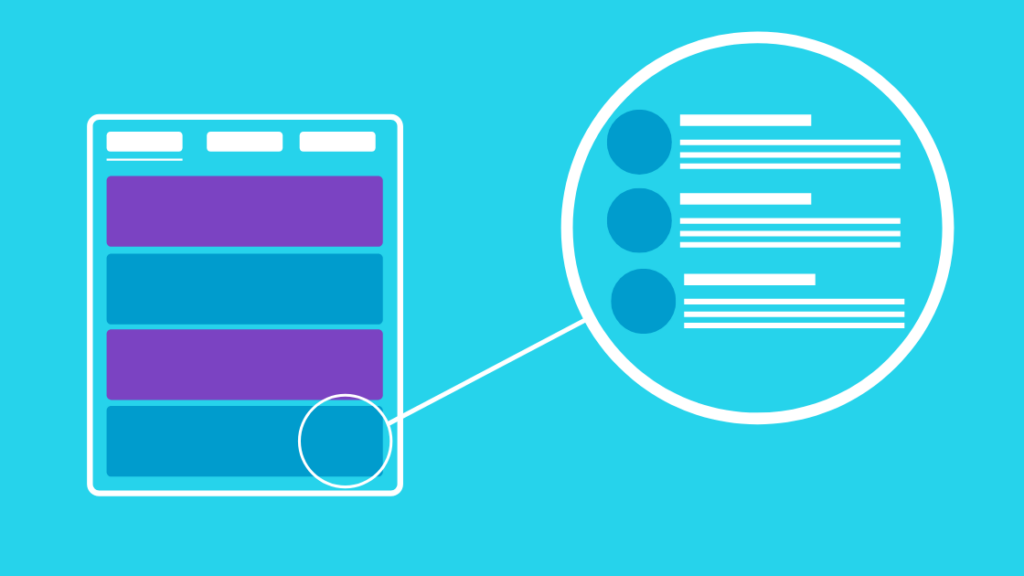
A twitter list is a group of accounts you have selected and compiled into one group. Twitter lists are helpful for categorizing similar accounts to view their tweets onto one news feed separate from the rest. For businesses, this can be helpful for analyzing competitors, considering influencers, tracking customers, etc.
7. Establish Twitter moments
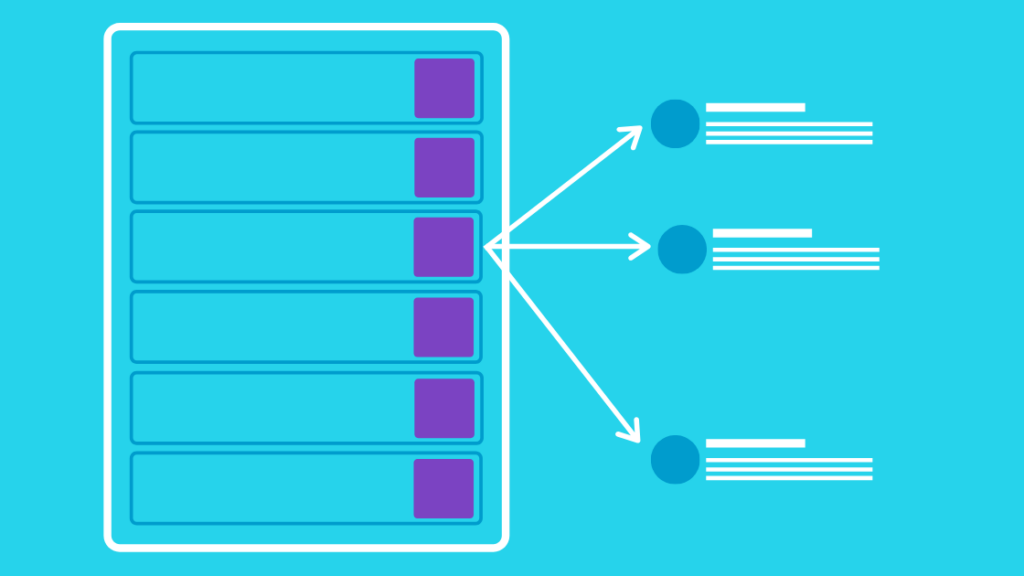
Twitter moments are an accumulation of related tweets that are viewed in a slideshow format. A business can create its own Moment and add selected tweets to highlight a specific topic. For example, you can create a Moment around a trending industry topic or a significant event. It is a useful tactic for promotion and engagement because it presents a collection of related tweets and information for the user to view.
8. Host a Twitter chat
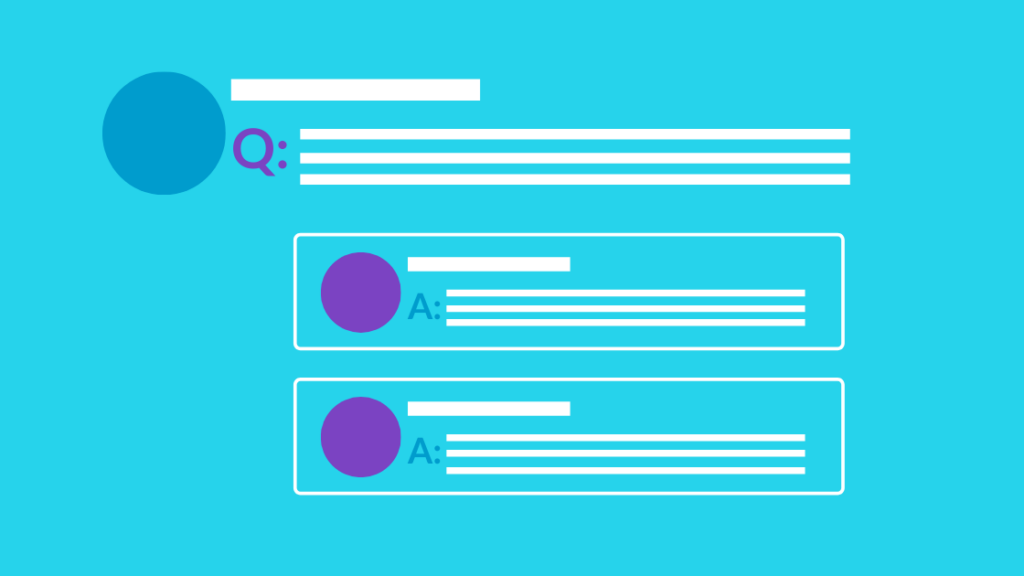
A Twitter chat is a moderated discussion hosted on Twitter in the form of questions and answers. To create a Twitter chat, the business selects a specific hashtag that will represent the topic and will allow the tweets to be grouped together when searched. Next, the business determines when the Twitter chat will occur, which can be one time or a weekly event that often lasts an hour. Once these components are finalized, the next step is to promote the Twitter chat so users are aware of the discussion and can participate. A Twitter chat provides numerous benefits, such as being able to converse with the audience, express industry knowledge, gain insightful feedback, expand brand exposure, and increase followers.
9. Become verified

Being verified on Twitter is represented by a blue checkmark badge next to an account’s handle. The blue badge is a universal sign of being notable, that Twitter has deemed the account authentic and trustworthy. Note: Verification is dependent on the size of the business and type of industry.
10. And of course, analyze

Building a Twitter marketing strategy is not a one size fits all situation, it’s acutely personalized to each brand. From the different goals, style, audience, industry, etc., a business must dedicate resources to exploring, analyzing, and improving its Twitter strategy in order for it to be effective, a process that never stops. With social media there is always something shifting or something new, and users are constantly consuming these changes. Therefore to market to your audience, you need to understand the data and patterns to ensure your Twitter strategy is effective and beneficial.
These are 10 key factors for optimizing your Twitter marketing strategy in order to maximize your organic ranking. Yet sometimes to effectively and quickly grow brand awareness or increase followers, paid advertising is an effective tool. Below explains the process of creating a Twitter ad campaign and how to optimize it.
How to Advertise on Twitter
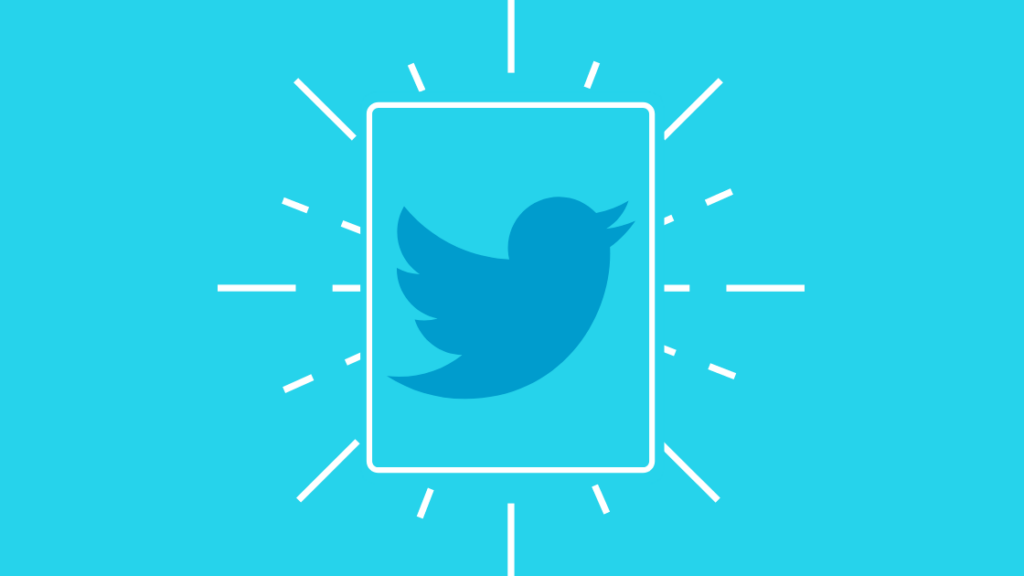
The following steps outline the components for creating a Twitter ad campaign.
1. Types of Twitter ads
Below are the 4 main types of Twitter ads:
1. Promoted Tweets
Promoted Tweets appear as normal tweets on a timeline that can be liked, shared, or commented on, except they appear in a user’s Twitter news feed that is not a follower.
2. Promoted Accounts, aka Followers Campaign
This option allows a business’ account to appear in targeted audience’s search results, timelines, or ‘who to follow’ suggestion box.
3. Promoted Trends
Promoted Trends are the advertisement of a hashtag that will appear alongside the organic list under the Promoted Trends tab. This option is only available by working with a Twitter sales representative.
4. Automated Ads, aka Twitter Promote Mode
Automated ads are great options for those just beginning to use Twitter advertising. This option costs $99 and Twitter will automatically promote your first 10 tweets to the targeted audience.
2. Objectives of advertising on Twitter
Next, you choose the objective or goal of the Twitter ad campaign. The following list are the choices:
Awareness: Objective is to receive the max number of views
Tweet engagement: Objective is to receive the max number of engagements
Followers: Objective is to gain followers
Website clicks: Objective is to drive traffic to the website
App installs: Objective is to complete app installations
App re-engagement: Objective is to have current app owners revisit the app
Promoted video views: Objective is to gain video views
In-stream video views: Objective is to highlight a short video at the beginning of a Twitter partner’s video
3. Filter the audience
Twitter offers an exhaustive list of audience factors in order to target the ideal audience. Some targeting factors include interests, lookalikes, and demographics.
4. Define the budget and bidding
You must choose how much you want to spend on Twitter advertising per day. Although there is no minimum cost, Twitter recommends starting with at least $30/day in order to effectively target your audience.
Next, bidding is how much you want to spend on each interaction, such as cost per website click or cost per app install. For beginners, choosing the automatic bidding option allows Twitter to choose the bid that will return the most results within your budget.
5. Select the creative
As mentioned above, a tweet with a visual or media performs better than those without. At this step you will select 3-5 options that will rotate throughout the ad campaign and can be used to measure which content resonates with your audience.
6. Write the copy
Since the creative is used to capture the attention, the copy should explain the content. Ensure the copy includes an intriguing brand voice, strong CTA, and 1-2 pertinent hashtags.
7. Choose ad placement
Ad placement is choosing where the promoted content will appear such as the user’s timeline, profiles and tweet detail pages, and search results.
And you have created a Twitter ad campaign! Now that you can create Twitter advertising, the next step is optimizing your ad.
Optimizing your Twitter Ad Campaigns
Using Twitter ads is a robust plan for gaining followers, increasing engagement, or directing traffic. To make the most out of your budget and see a higher return, incorporate the following
1. Learn from your organic optimization

If you have been managing your regular Twitter activity, then you already have a good understanding of what content performs better or additional information on your audience. Of course this information can be obtained through analyzing the platform’s insights and tracking metrics over time. Your organic Twitter strategies should be a primary guide on how your sponsored content should be set up.
2. Narrow your target

It is more beneficial to target a niche of users, compared to a broad audience, because they will be attuned to your content and more willing to engage and take action. As mentioned above, since you already understand your audience, this information will direct what targeting factors you choose to reach the specific audience with the most return.
3. Introduce yourself
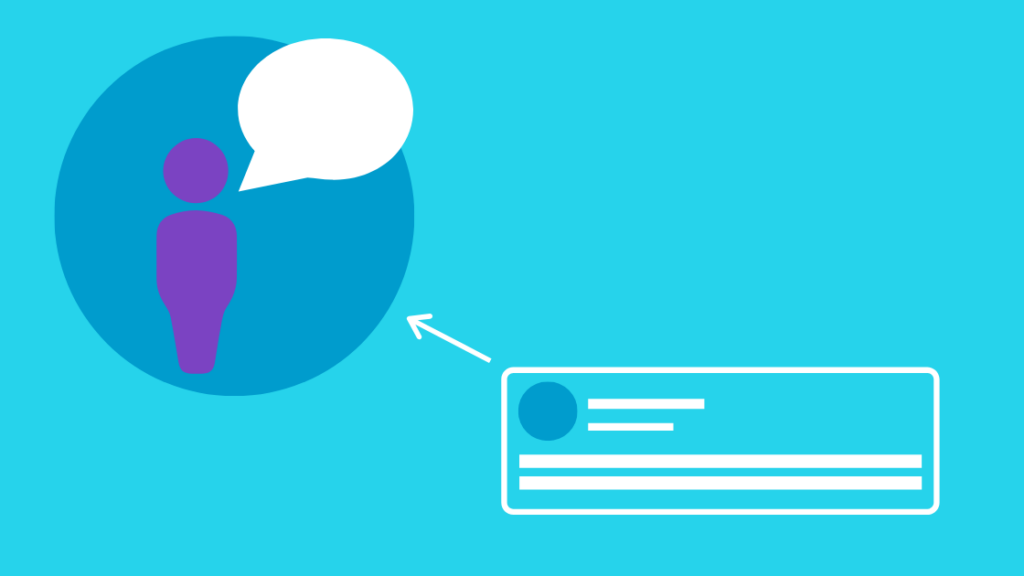
When developing a Twitter ad campaign, oftentimes you are targeting users who do not follow your account, therefore they will not know what your brand is or does. It is important to address this by being clear on what services or products your business offers and why it should matter to them.
4. Use a clear CTA
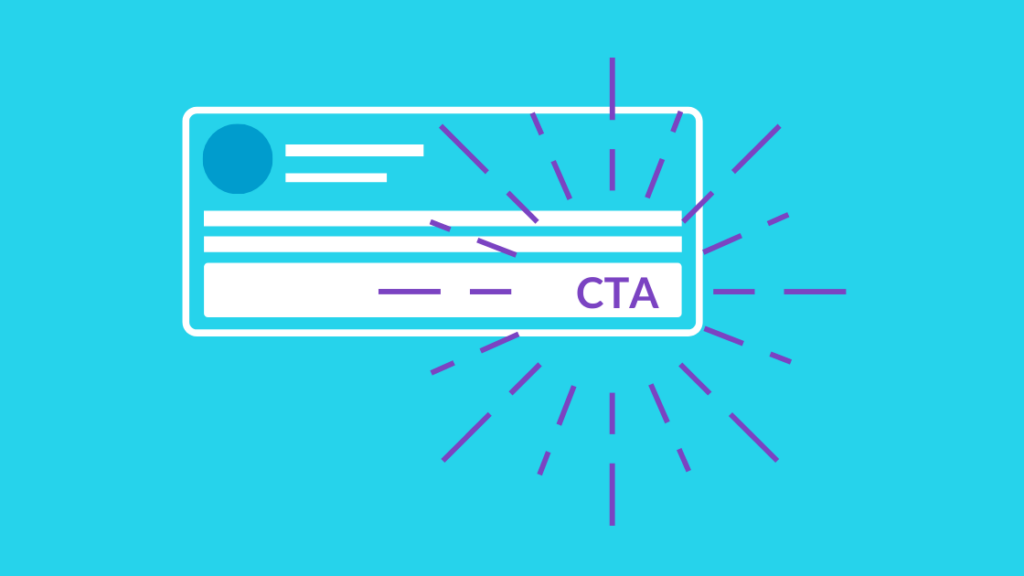
The purpose of using Twitter ads is to increase brand awareness or to encourage action. From downloading an app to viewing a special sale, you need your CTA to be abundantly clear and compelling so the user knows exactly what action they need to take to use the app or purchase the sweater.
A successful Twitter marketing strategy is a process of researching, creating, and more researching. The platform is built on neverending content, therefore you need to develop a strategy that makes your brand noticeable. And for each business and industry, this can mean something different, and that’s where the research comes in. Using Twitter for business requires dedication yet proves to have many advantages.
